Unfortunately, it’s not always realistic to move into your dream home right away.
If you can’t afford it, find a fixer-upper in your dream neighborhood with lots of potential. Then, instead of stumbling upon a perfect house, you can make a perfect house with the help of renovation loans.
The government has created programs to help people renovate their homes without having to pay the full cost out-of-pocket. One of these, the FHA 203K, makes it easy and inexpensive for homeowners to renovate their damaged, fixer-upper homes. Offered by the Federal Housing Administration (FHA), a government agency, these renovation loans encourage mortgage lenders to fund seemingly precarious property purchases. In putting the program in place, the FHA hopes to revitalize underdeveloped neighborhoods and increase opportunities for homeownership. The 203K is designed for run-down houses in need of some smaller repairs or major rehabilitation. The loan, as you might imagine, covers both the cost of the property and the cost of necessary home repairs—whether you need roofing, flooring, A/C, bathroom remodeling, additional rooms, or more. It comes with a low down payment and loose eligibility criteria as well. Plus, if your home direly needs improvement, you can also use renovation loans to refinance.
And it’s not just a perfect way to fix up your old house; it also gives you the chance to create a great home that’s customized to your tastes and preferences! You can add on your own specific wants and needs and add value to your home in the process. Sounds great, right? The question is—do you (and your home) qualify?
Well, you should know straightaway that there are two types of renovation loans: regular and streamlined. Regular loans go toward structural repairs, while streamlined loans finance non-structural repairs. Now, let’s get to the questions.
First of all, do you plan to live in the home you are repairing? If not, you are not eligible for a loan. After that qualification, the restrictions loosen up. If you have a house that needs to be torn down and built anew, you qualify as long as you keep a part of the foundation. If you have existing construction that is over a year old, you qualify. Whether you have a single-family, two-family, three-family, or four-family abode, you qualify. Whether you have a home, a condo, or a mixed-use property (residential/commercial), you qualify, though some properties must be approved beforehand. You even qualify if your house needs an entirely new foundation.
The range of repairs allowed is vast, but your lender will likely stipulate which repairs are allowed. Possible ideas include:
- HVAC (heating, ventilation, air conditioning)
- Plumbing
- Roofing and flooring
- Kitchen remodeling, including new appliances
- Additional rooms or second-stories
- New siding
- Energy conservation
- Finishing the basement or attic
- Disability access
So while it’s best suited for families who cannot afford a perfect home (and are willing to tackle a fixer-upper project), it can be used for a variety of purposes. Maybe you’re getting older and have trouble moving around your house. Or maybe the condition of your home is unsafe for your children. Whatever the case may be, you might find it valuable to start looking into renovation loans. With their low down payments, potential for investment, and benefit to both your family and your community, renovation loans might be just what you’re looking for to start the quest toward your dream home.

